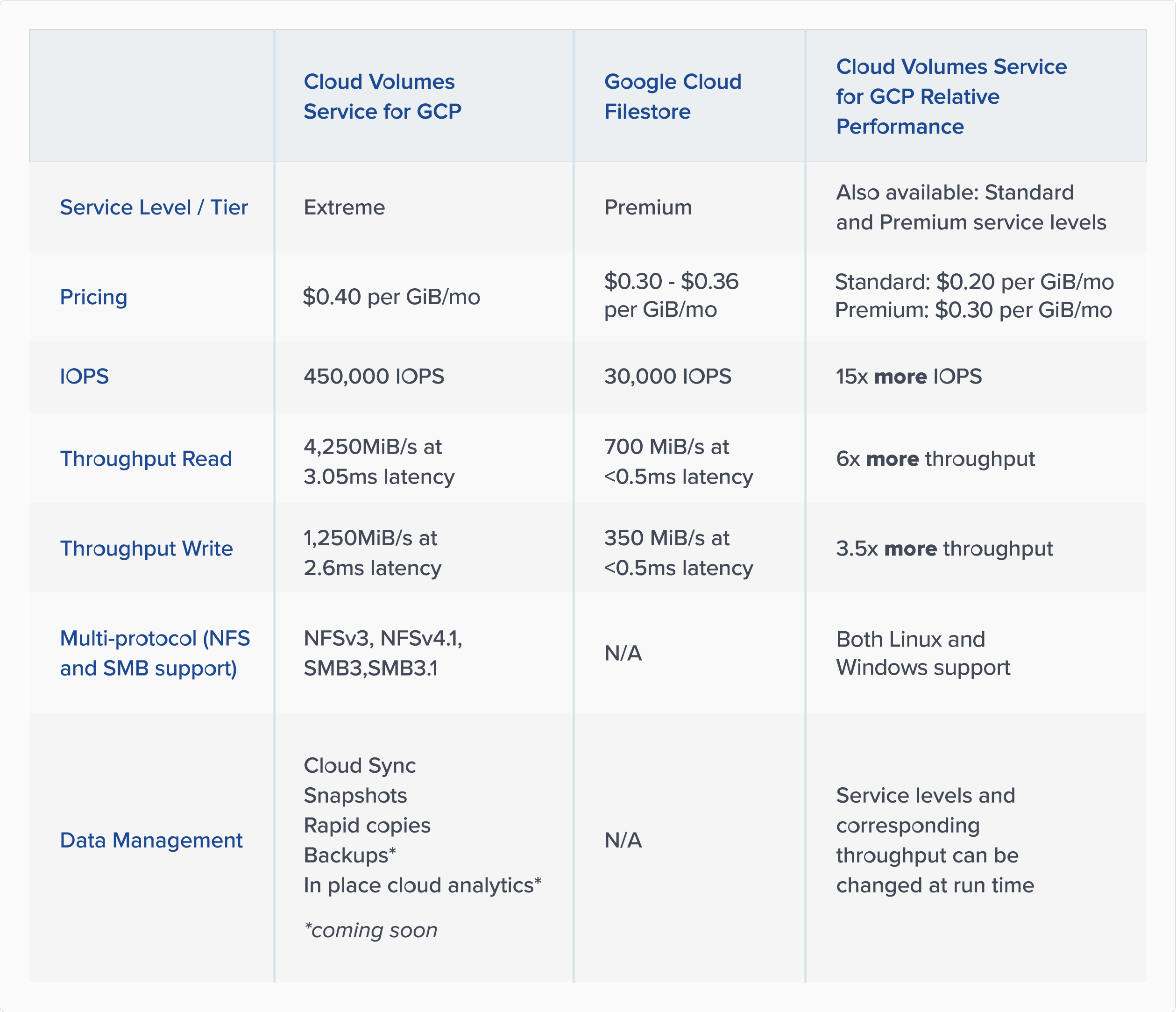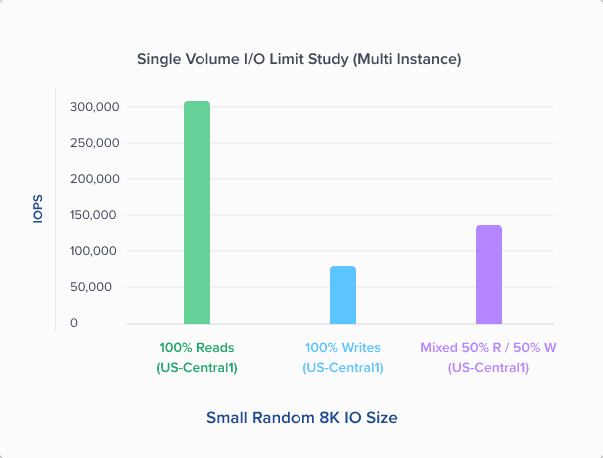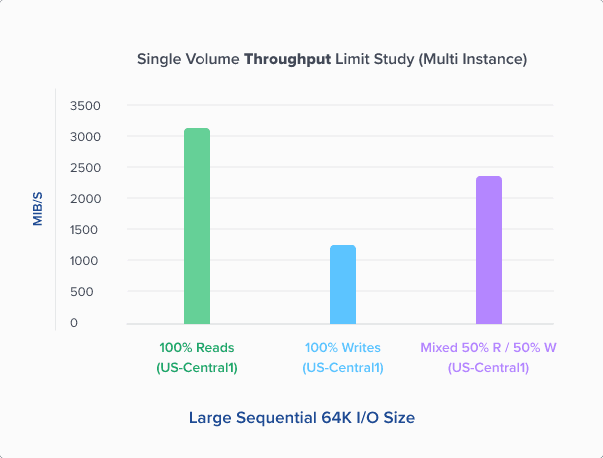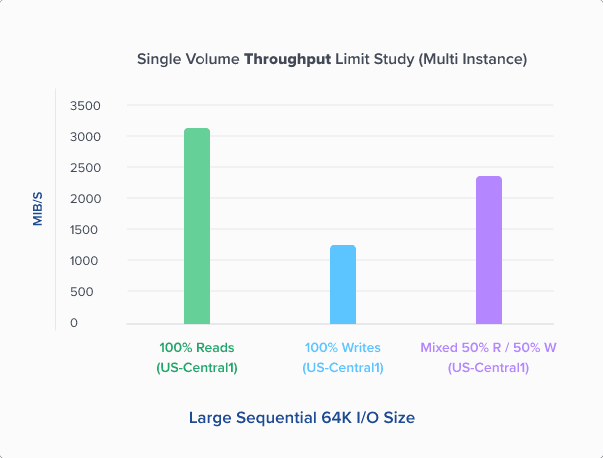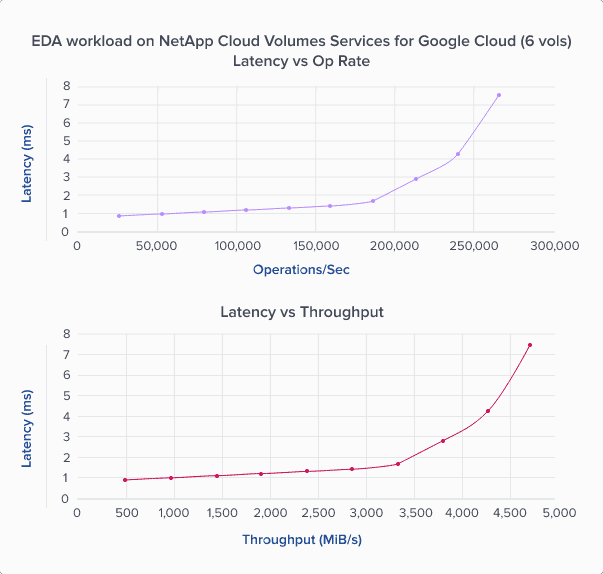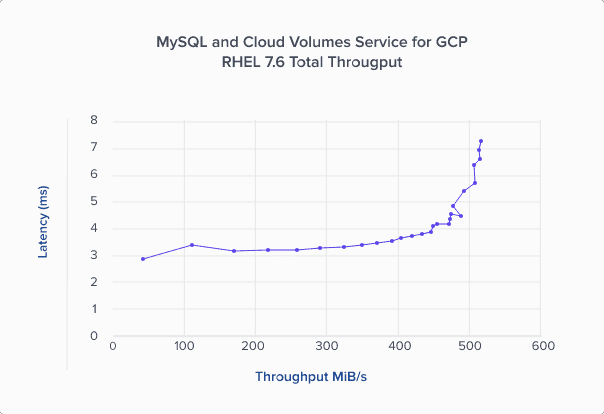- Product
- Resources
LEARN
- Cloud Storage
- IaaS
CALCULATORS
- TCO Azure
- TCO AWS
- TCO Google Cloud
- TCO BlueXP tiering
- TCO BlueXP backup and recovery
- Cloud Volumes ONTAP Sizer
- Azure NetApp Files Performance
- AVS/ANF TCO Estimator
- GCVE/GCNV TCO Estimator
- Pricing
- Help Center
- Get Started


-Workload-Throughput.png?width=603&height=388&name=Linux-(Scale-Out)-Workload-Throughput.png)
-Workload%E2%80%93IOPS.png?width=603&height=388&name=1Linux-(Scale-Out)-Workload%E2%80%93IOPS.png)
-Read-Throughput.png?width=537&height=388&name=Linux-(Scale-Up)-Read-Throughput.png)
-Write-Throughput2.png?width=537&height=388&name=Linux-(Scale-Up)-Write-Throughput2.png)
